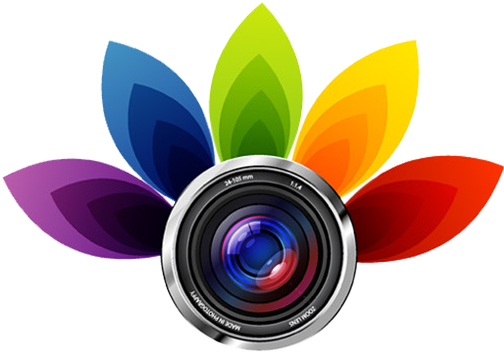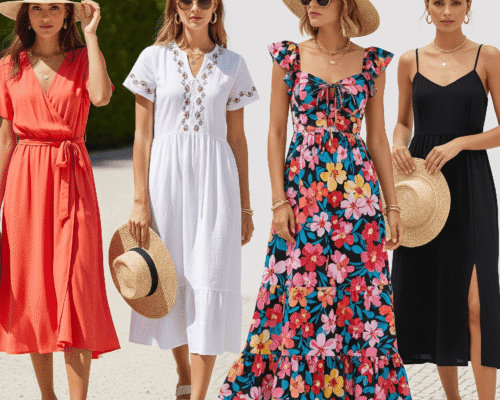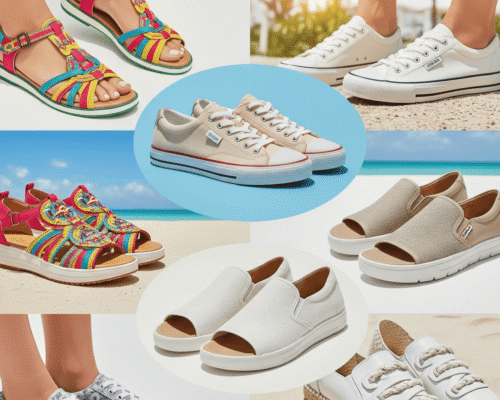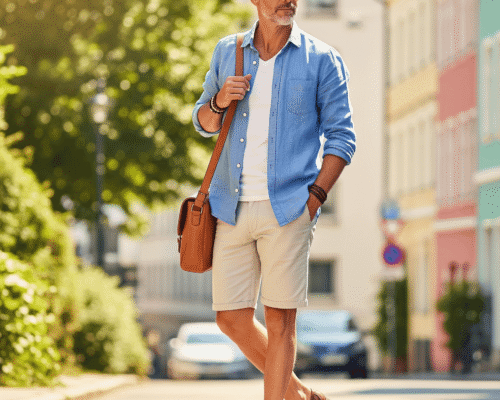Building a versatile summer dresses wardrobe is the key to feeling confident and stylish all…
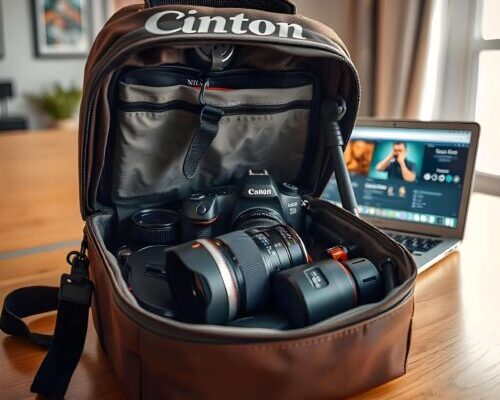
Camera Gear Preparation: The Ultimate Guide for Photographer
Get ready to capture life’s best moments like the pros do! Ensuring that all your gear is in top condition forms a huge part of shoot preparation. A well-maintained camera not only enhances image quality but also boosts your confidence during shoots. This guide will help you prepare your camera gear for taking great photos, whether you’re experienced or just starting out. With the right tips and techniques, you’ll be ready to seize every moment.
Gear Up for Adventure
Before your next adventure, ensure your camera gear preparation is spot on. A good camera bag with multiple compartments and padding is essential for protecting and organizing your equipment. Don’t forget to bring extra batteries, memory cards, and a tripod. Also, packing snacks and water hungry photographers aren’t happy photographers.
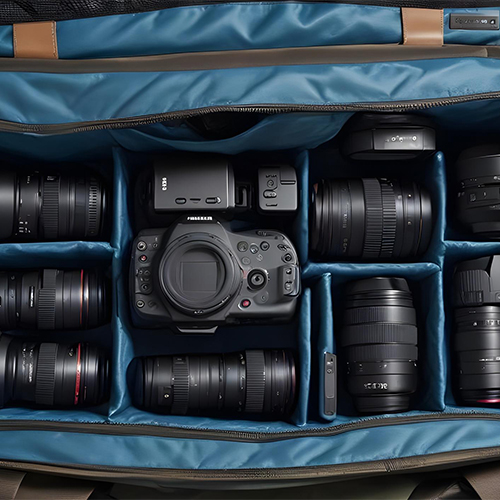 Before using your camera gear, choose a camera bag that suits your needs and photography goals. A landscape photographer needs a big bag, while a street photographer prefers a smaller, easier-to-carry one. Also, put your name and contact information on your bag in case you must set it down.
Before using your camera gear, choose a camera bag that suits your needs and photography goals. A landscape photographer needs a big bag, while a street photographer prefers a smaller, easier-to-carry one. Also, put your name and contact information on your bag in case you must set it down.
Essential Items for Every Shoot
Get a good camera setup. This should include a camera body and at least one lens. The lens should be a prime lens for portraits and a zoom lens for landscapes. Then add a flash and remote shutter release to light up the shots.
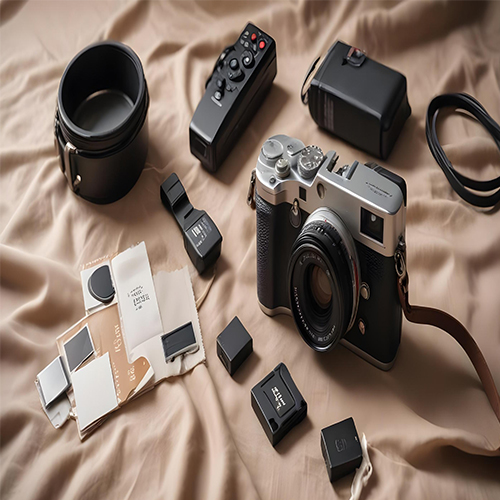
For effective camera gear preparation, choose a few essential lenses that match your shooting needs. Include wide-angle lenses for landscapes and telephoto lenses for wildlife. Also, bring a cleaning kit to remove any smudges or dust from your lenses. This will keep your shots clear and crisp.
Understanding Your Options
In camera gear preparation, select a camera body according to your photography needs. Full-frame sensors and good performance in low light are a must for any landscape photographer. Prioritize features like weather sealing if you often shoot in challenging conditions. Taking the time to find the right fit will greatly enhance your creative possibilities.
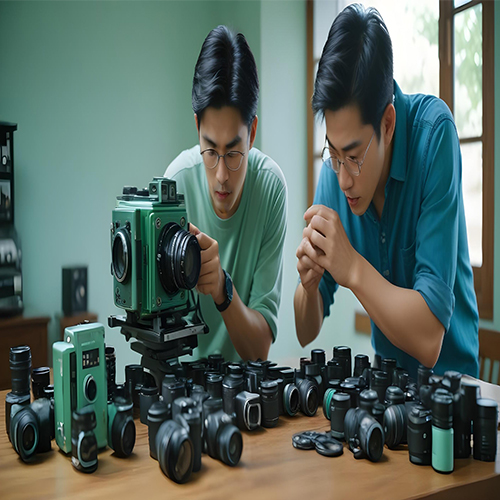 When preparing camera gear, select a small and light camera with good autofocus and low noise for street photography. Alternatively, choose a camera with 4K resolution and slow-motion features for videos. Also, see if you need to have manual focus support for your prime lenses.
When preparing camera gear, select a small and light camera with good autofocus and low noise for street photography. Alternatively, choose a camera with 4K resolution and slow-motion features for videos. Also, see if you need to have manual focus support for your prime lenses.
Choose a camera body that feels comfortable to hold. Make sure it has a strong grip. Look for easy-to-reach controls for better usability. For effective camera gear preparation, read reviews and do thorough research to find the right camera for your needs. A well-chosen camera body will enhance your shooting experience and make your work easier. Test different models if possible, to ensure the best fit. A comfortable camera will improve your overall performance and enjoyment.
Lenses, Lenses, Everywhere Choosing the Right One
Choose lenses based on the type of photos you take. For landscapes, use a wide-angle lens with a wide aperture. This helps capture more detail and a broader view. Picking the right lens will enhance your photo quality and meet your specific needs. Consider also carrying a versatile zoom lens for varied shooting conditions. Always test your lenses before heading out to ensure they perform as expected. Proper lens choice will make a big difference in achieving the best shots.
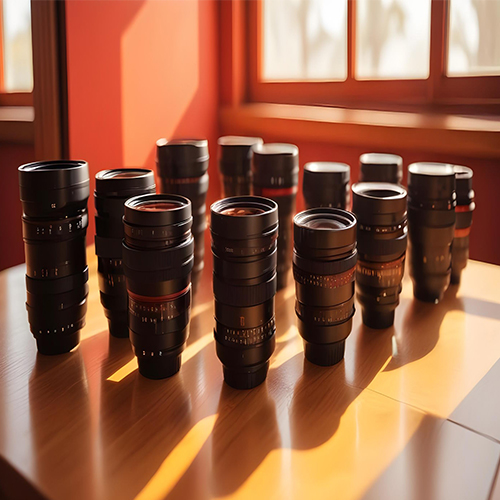 When taking pictures of people on the street, a prime lens with a small aperture is best for camera equipment. A point-to-note on a telephoto lens: this should be applicable when taking sports with good AF capability. Now, matching your lens to the body, use a full-frame lens on a camera body that has a full-frame sensor and, on the alternative, a crop-sensor lens on a camera body that has a crop sensor.
When taking pictures of people on the street, a prime lens with a small aperture is best for camera equipment. A point-to-note on a telephoto lens: this should be applicable when taking sports with good AF capability. Now, matching your lens to the body, use a full-frame lens on a camera body that has a full-frame sensor and, on the alternative, a crop-sensor lens on a camera body that has a crop sensor.
In camera gear preparation, one must consider aperture and focal length of the lens. A big aperture like f/1.4 makes the background blurry, while a small aperture like f/16 keeps everything in focus. Use a wide-angle lens like 24mm for a wide view, and a telephoto lens like 200mm for a close-up view.
The Secret to Better Images
For effective of camera gear preparation, choose filters according to your style of shooting. For landscape photographers, a polarizing filter will allow for the elimination of glare and enhance colors. Filters such as these can enhance your shots dramatically.
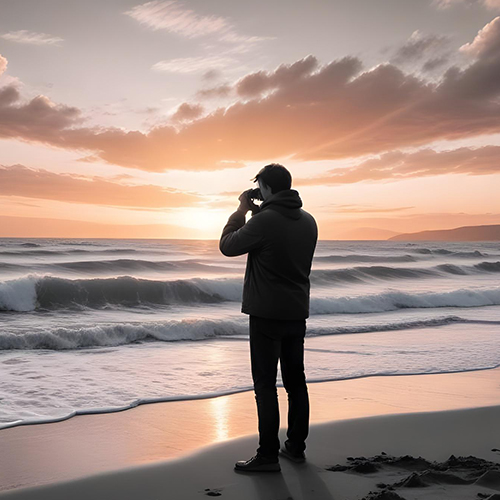 When getting the camera gear ready, pick the right filter for your photography needs. In doing portrait photography, use a neutral density filter to obtain a shallow depth of field. In the case of sports-related photos, opt for a graduated neutral density filter so as to balance the exposure. Use a wide-angle filter for wide-angle lenses and a telephoto filter for telephoto lenses. This will ensure compatibility with your lens type. Make sure to match the filter with the lens you are using.
When getting the camera gear ready, pick the right filter for your photography needs. In doing portrait photography, use a neutral density filter to obtain a shallow depth of field. In the case of sports-related photos, opt for a graduated neutral density filter so as to balance the exposure. Use a wide-angle filter for wide-angle lenses and a telephoto filter for telephoto lenses. This will ensure compatibility with your lens type. Make sure to match the filter with the lens you are using.
While setting up your camera gear preparation, include filters made from high-quality glass with a good reputation. Prices can range from a few dollars to several hundred, but investing in a quality filter is worthwhile. A good filter improves your photos and protects your lens. Make sure to choose filters that match your shooting needs and enhance your image quality.
Tips for Extended Shoots
Before a long photo shoot, prepare your camera gear and focus on charging the batteries. High-quality batteries designed for your camera will give long-lasting performance and durability.
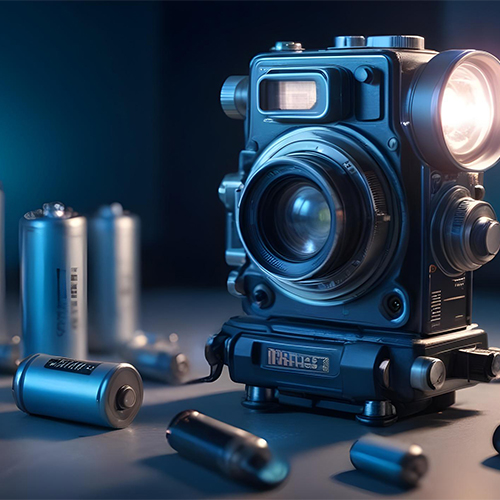 Now, your camera gear preparation, take out the batteries if not in use to prevent draining. Activate the power-saving mode of your camera to give the batteries an extended life. In cold weather, use a warm battery cover to keep your batteries in perfect condition.
Now, your camera gear preparation, take out the batteries if not in use to prevent draining. Activate the power-saving mode of your camera to give the batteries an extended life. In cold weather, use a warm battery cover to keep your batteries in perfect condition.When preparing for extended shots, always pack extra batteries and a charger. A portable power source, like a battery pack, can be a lifesaver if you’re far from power outlets. It ensures you won’t run out of power during critical moments. Keep these essentials handy to avoid interruptions.
Organizing Your Digital Assets
When getting ready for using a camera, make sure to have good memory cards with lots of space and fast writing speeds. Keeping all your digital assets organized actually starts with the right cards for your camera.
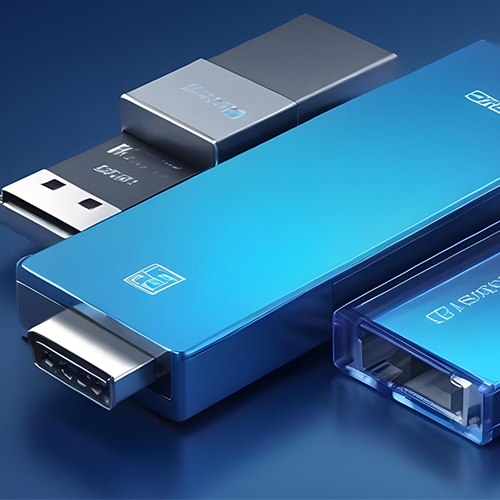 Have a memory card reader to transfer your photos easily and quickly to your computer. Keep your files organized by using consistent naming convention and folder structure. This will make it easier to locate and manage your digital assets. Regularly back up your files to avoid losing any important shots.
Have a memory card reader to transfer your photos easily and quickly to your computer. Keep your files organized by using consistent naming convention and folder structure. This will make it easier to locate and manage your digital assets. Regularly back up your files to avoid losing any important shots.For a long photo shoot, pack extra memory cards and a card reader in your bag to be prepared with camera gear. An external hard drive is used for storing files when you need to work in a place without internet access.
Tripods Stabilizing Your Craft
On the preparation of the camera gear, take the tripod according to your type of photography: a strong one with heavy loads and rough ground, and a lightweight, portable tripod for portrait photography.
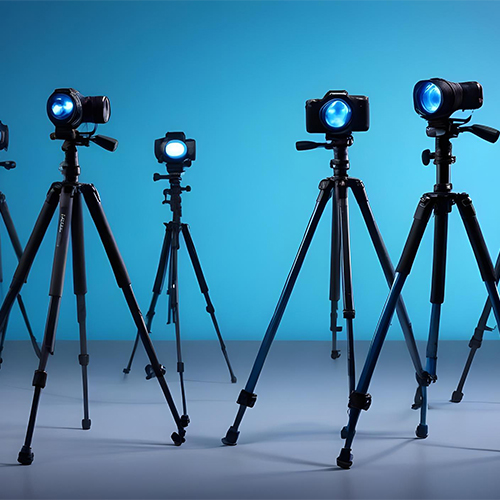 In setting up your camera equipment, choose a tripod that fits your camera type, whether it’s a full-frame or crop sensor. Consider the price, as tripods come in a wide range of costs. Look for a tripod that balances durability and stability with your budget. Investing in a good tripod will improve your shots and provide better support for your camera.
In setting up your camera equipment, choose a tripod that fits your camera type, whether it’s a full-frame or crop sensor. Consider the price, as tripods come in a wide range of costs. Look for a tripod that balances durability and stability with your budget. Investing in a good tripod will improve your shots and provide better support for your camera.Level your tripod on even ground and adjust its legs until the camera is level using a built-in level. To reduce camera shake, use a remote shutter release or set the camera’s self-timer. This ensures sharper images and a more stable setup during your camera gear preparation. Make sure everything is secure before taking your shots. Check that the tripod is firmly planted and not wobbling. Confirm that your camera is properly mounted and aligned. Adjust any settings as needed for your shot. This will help you capture clear and well-composed photos.
Protecting Your Gear
 Take protection as the most crucial thing when selecting a camera gear bag or case. The bag should have padded compartments and safe closures. Choose a bag that is durable and weather resistant. This will help keep your gear safe in various conditions. Ensure the bag has enough space for all your equipment. A well-designed bag will make carrying your gear more convenient and secure.
Take protection as the most crucial thing when selecting a camera gear bag or case. The bag should have padded compartments and safe closures. Choose a bag that is durable and weather resistant. This will help keep your gear safe in various conditions. Ensure the bag has enough space for all your equipment. A well-designed bag will make carrying your gear more convenient and secure.Conclusion
To take amazing pictures, thoroughly prepare your camera equipment. Use a cushioned, compartmentalized camera bag and select a durable, ergonomic camera body with suitable lenses and filters. For longer shoots, carry extra batteries, a charger, and a portable power source. Ensure efficient image backup with high-quality memory cards and a card reader. Invest in a sturdy tripod and protect your gear with a secure, padded bag. Proper preparation equips you to handle any photographic challenge.
